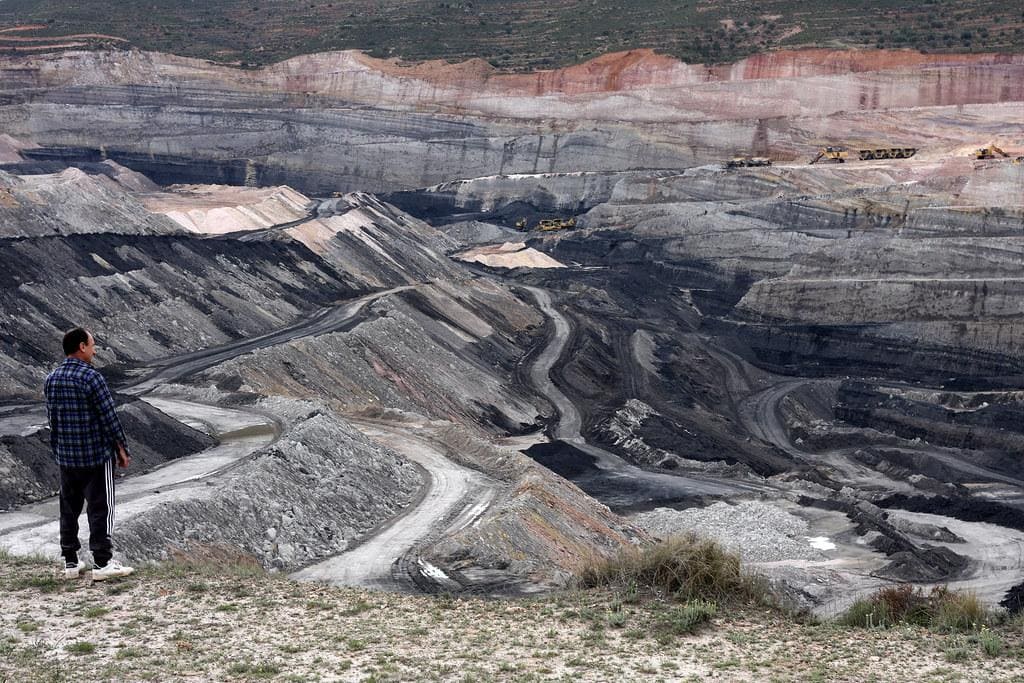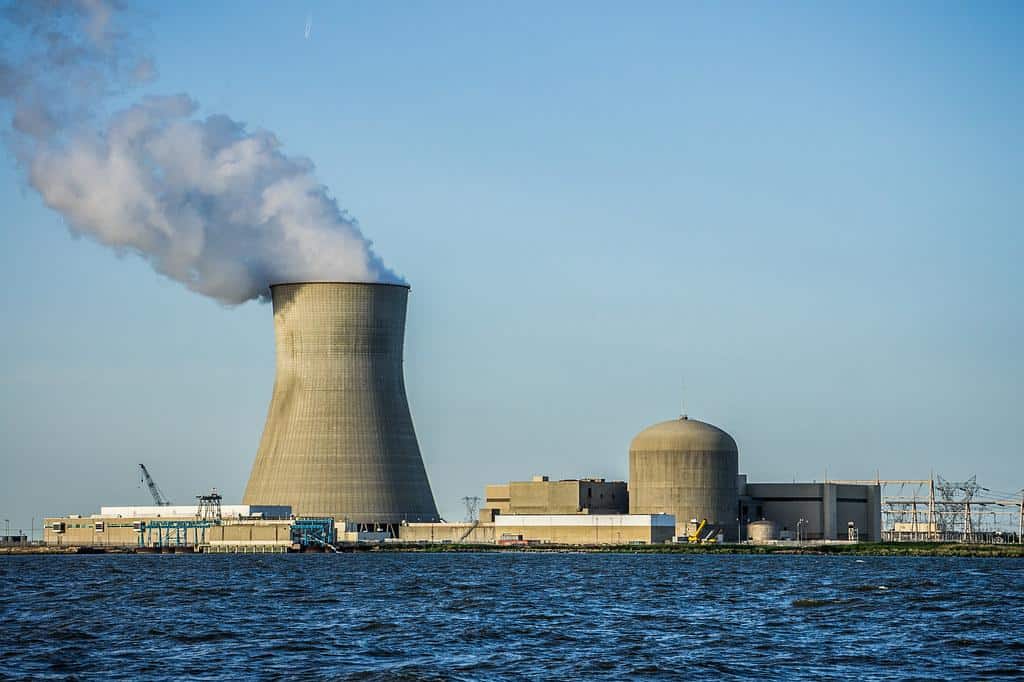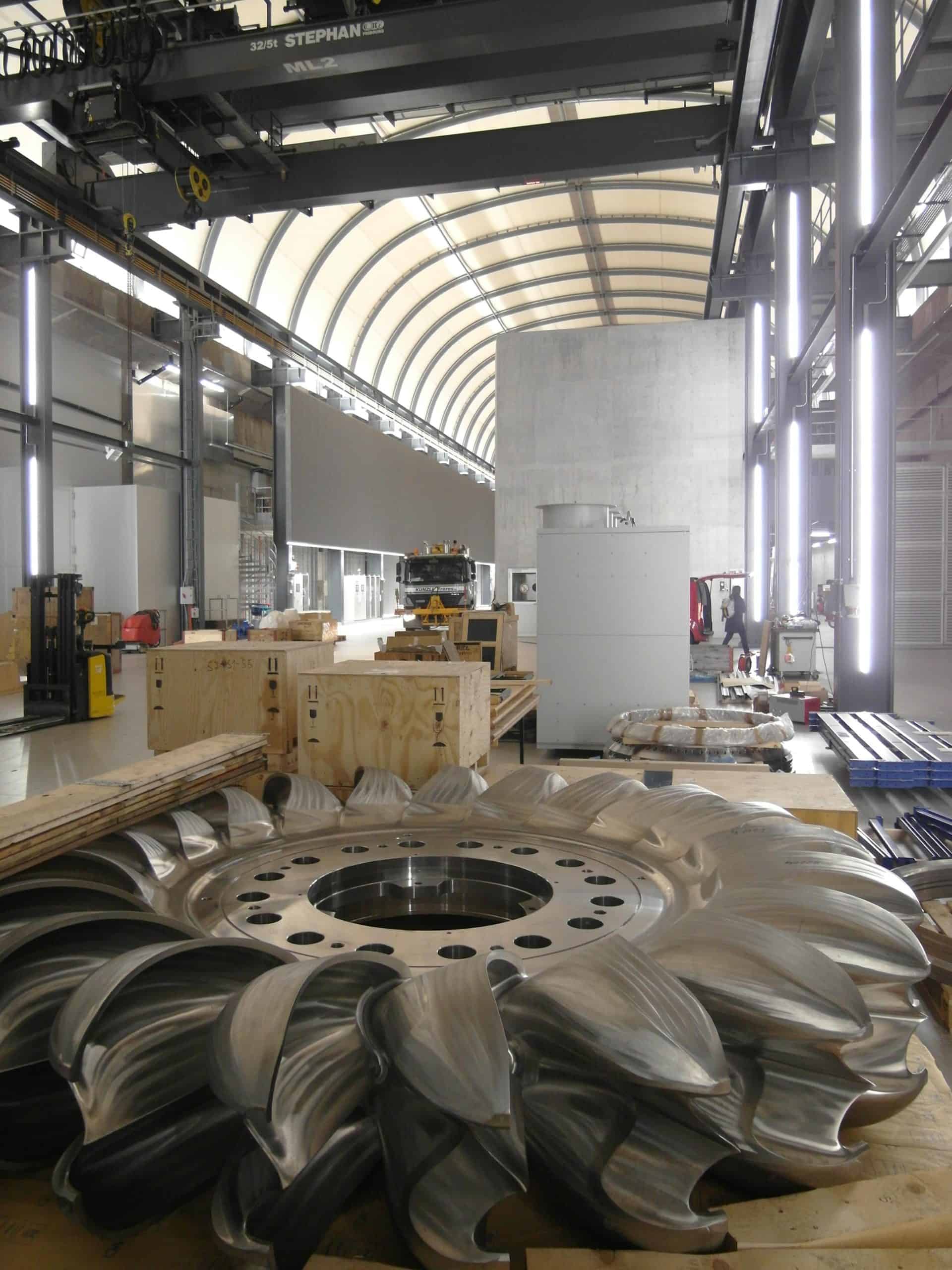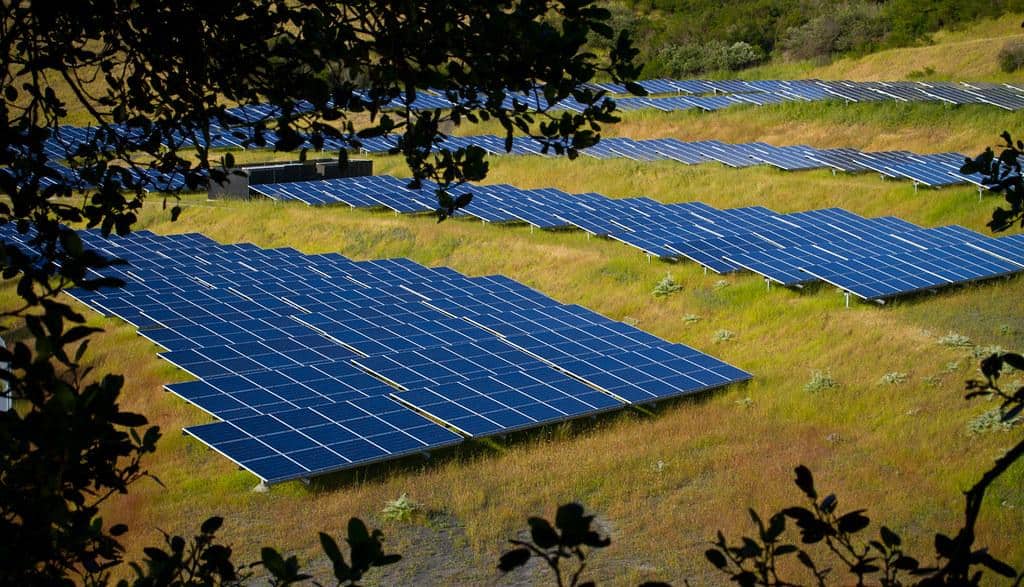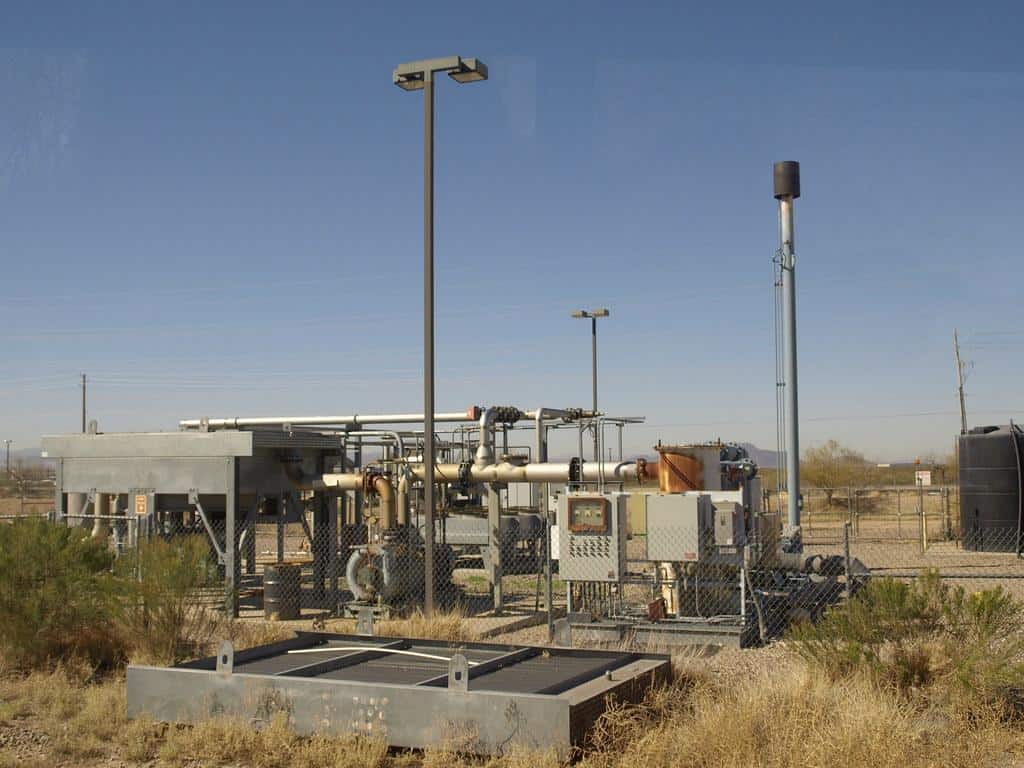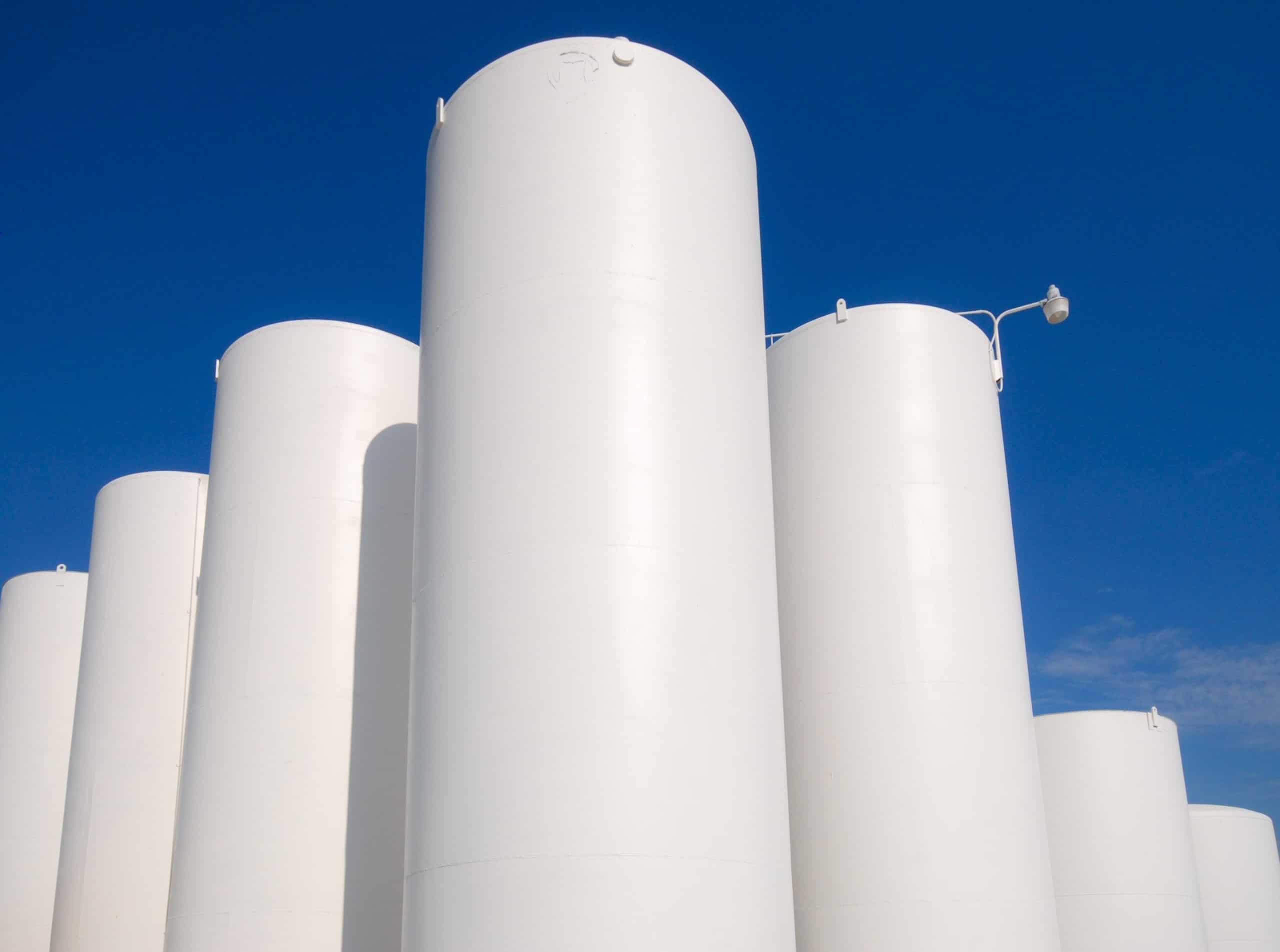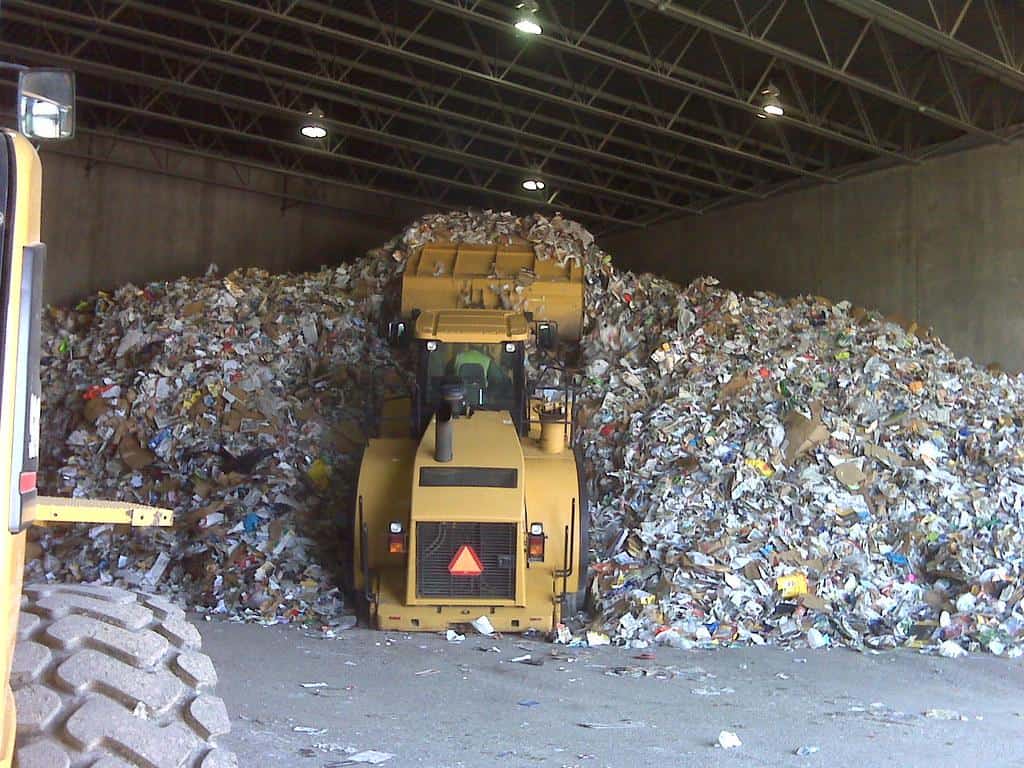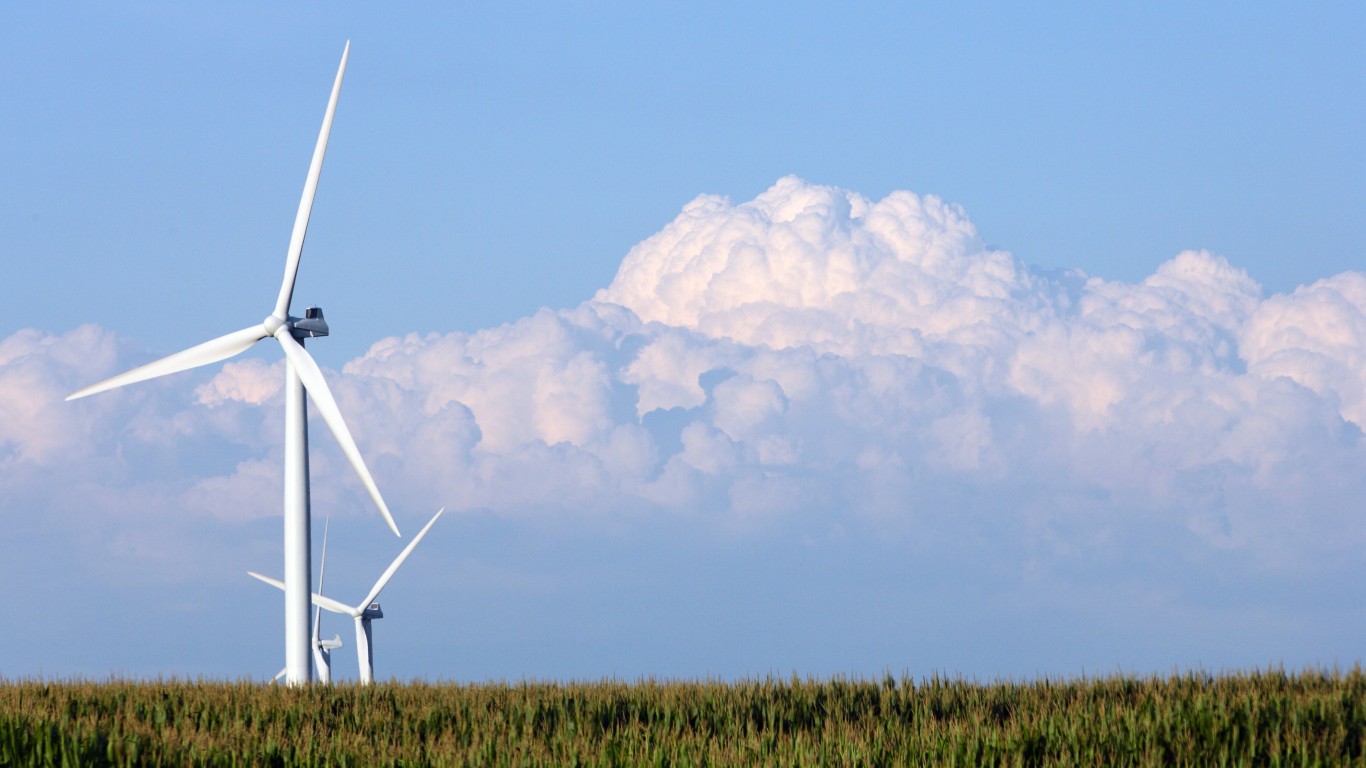
24/7 Wall St. Insights
- To mitigate the effects of climate change, the Biden Administration is aiming to make the U.S. power grid emissions free by 2035.
- However, state governments have broad discretion over their energy policy, while some are prioritizing emissions reduction, others remain heavily dependent on fossil fuels.
- Currently, South Dakota stands out as a leader in clean energy production.
- Also: 2 Dividend Legends to Hold Forever
One of the largest and most developed countries in the world, the United States is also one of the worst polluters globally. Each year, the U.S. generates more harmful greenhouse gasses than every other country, except China. According to the Environmental Protection Agency, America’s total greenhouse gas emissions topped 6.3 billion metric tons in 2022 — about 25% of which was attributable to electricity production.
With climate change as a leading global threat, many countries are taking action to reduce emissions. In the United States, President Joe Biden set a goal of achieving an emissions-free power grid by 2035 — largely by cutting U.S. dependence on dirty power sources, like coal, and increasing our reliance on clean, renewable sources. (Here is a look at 11 American companies on the cutting edge of renewable technology.)
In the last 10 years alone, the amount of electricity produced in coal-fired power plants has fallen by over 57% in the United States, from 1.6 billion megawatt-hours in 2014 to 675.1 million megawatt-hours in 2023. Over the same period, electricity production from wind and solar farms nearly tripled, from 199.3 million megawatt-hours to 586.7 megawatt-hours. The shift has had a meaningful impact, as emissions from electric power generation have fallen by nearly 24% in the U.S. since 2014, according to the U.S. Energy Information Administration.
The federal government has a long way to go to achieve its ambitious energy goals, and doing so will require the cooperation of states. Every state has its own climate, geography, and natural resources — as well as broad authority over energy policy. Partially as a result, some states are doing far more to reduce the climate impact of their power grid than others. (Here is a look at the states where carbon emissions are skyrocketing.)
Among the 50 states, South Dakota stands out for its reliance on clean energy. Nationwide, clean energy sources, like wind and solar, account for nearly 20% of electricity production with virtually no harmful gas emissions.
Over 75% of all electricity produced in South Dakota comes from wind or hydroelectric plants. Partially as a result, the state has one of the cleanest power grids in the country. Still, coal and natural gas account for the bulk of the remainder of South Dakota’s energy mix. These sources alone generated nearly all of the state’s 2.8 million metric tons of air pollution in 2022, according to the EIA.
This is how South Dakota generates electricity — and how much pollution its power grid produces. Electricity output is measured in megawatt-hours and harmful gas emissions are measured in metric tons. For context, a single megawatt-hour is enough to power an average American home for just over a month, and a metric ton is equal to about 2,205 pounds. All data is from the EIA.
Why It Matters
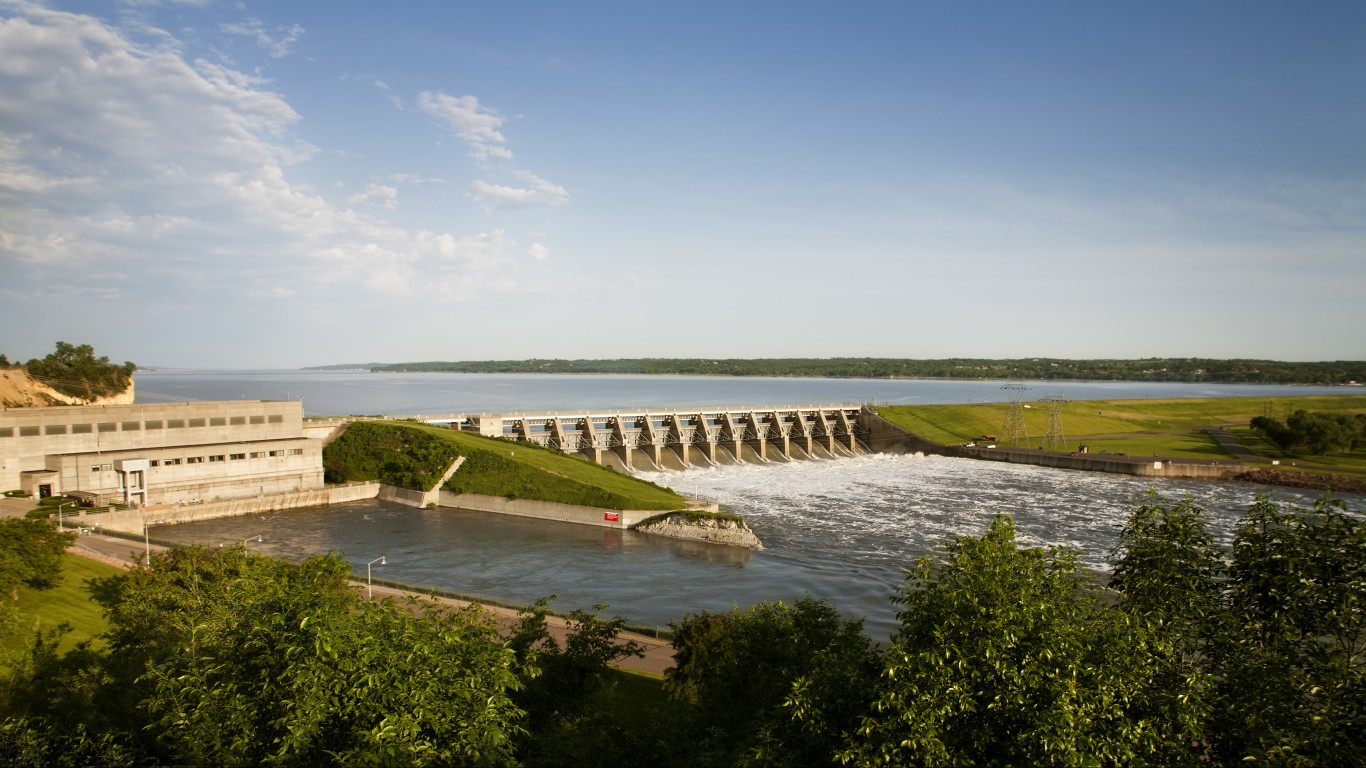
Electricity production is one of the heaviest polluting sectors in the United States. As demand for electricity continues to rise, much of the country is transitioning away from fossil fuels and toward clean and renewable energy sources to meet the Biden Administration’s climate change mitigation goals. While South Dakota leverages non-polluting energy sources more than most other states, it relies heavily on fossil fuels.
Coal
- Net-electricity production in 2023: 1.6 million megawatt-hours
- Coal as share of South Dakota’s power grid: 8.96% of net-electricity production
- Harmful gas emissions from coal in 2022: 2.0 million metric-tons of nitric oxide, nitrogen dioxide, carbon dioxide, and sulfur dioxide
- Coal as share of harmful gas emissions from electricity production in South Dakota: 70.66%
- South Dakota’s coal infrastructure in 2023: 1 generator, 1 facility
Hydroelectric
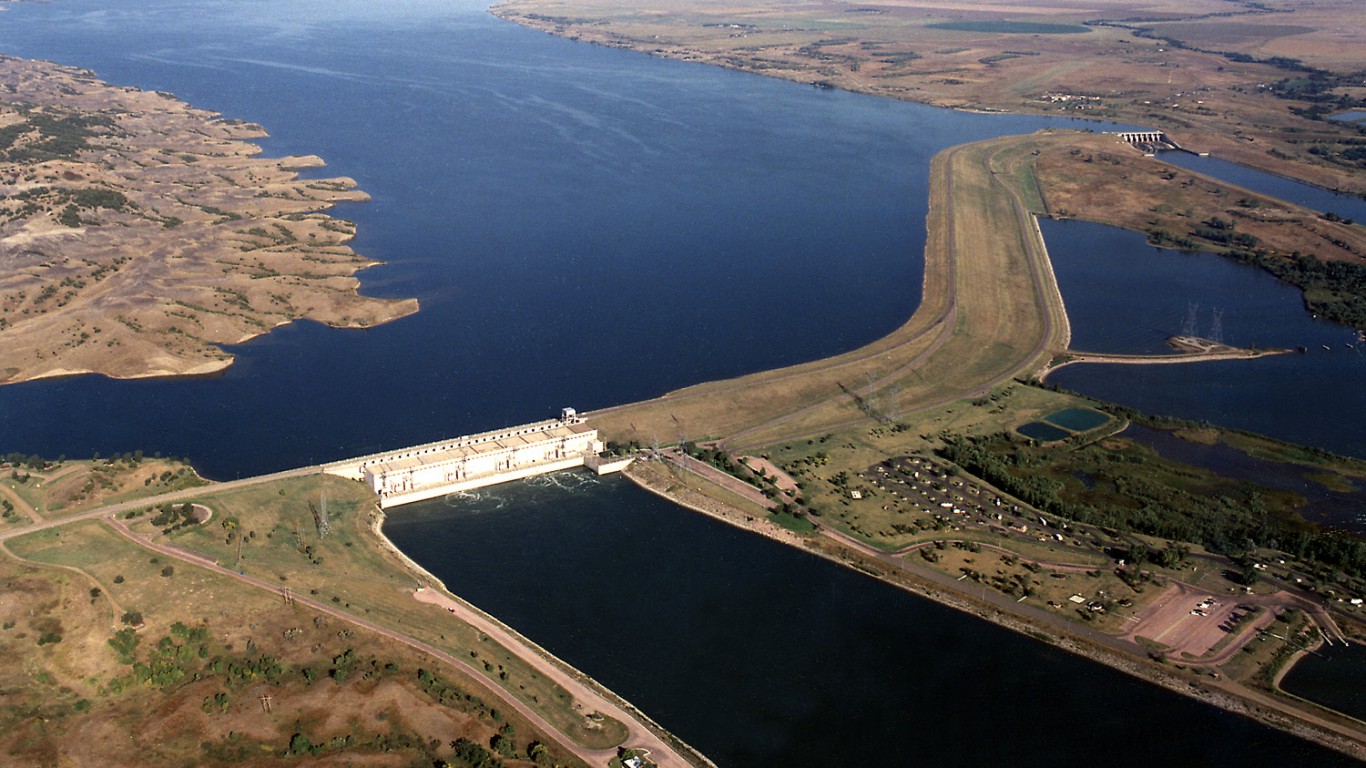
- Net-electricity production in 2023: 4.3 million megawatt-hours
- Hydroelectric as share of South Dakota’s power grid: 24.64% of net-electricity production
- Harmful gas emissions from hydroelectric in 2022: None
- Hydroelectric as share of harmful gas emissions from electricity production in South Dakota: 0%
- South Dakota’s hydroelectric infrastructure in 2023: 25 generators, 4 facilities
Natural gas
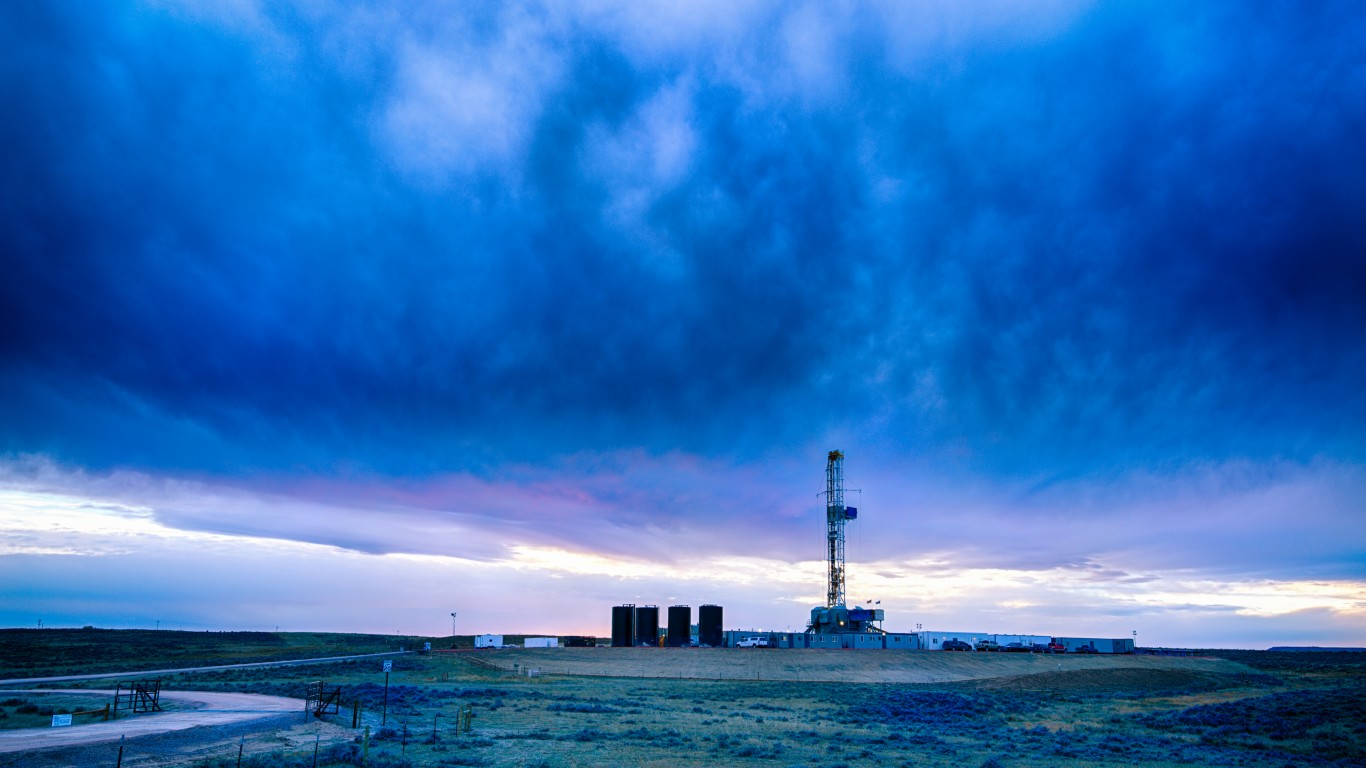
- Net-electricity production in 2023: 2.1 million megawatt-hours
- Natural gas as share of South Dakota’s power grid: 12.13% of net-electricity production
- Harmful gas emissions from natural gas in 2022: 810,516 metric-tons of nitric oxide, nitrogen dioxide, carbon dioxide, and sulfur dioxide
- Natural gas as share of harmful gas emissions from electricity production in South Dakota: 28.66%
- South Dakota’s natural gas infrastructure in 2023: 24 generators, 11 facilities
Nuclear
- Net-electricity production in 2023: None
- Nuclear energy as share of South Dakota’s power grid: 0% of net-electricity production
- Harmful gas emissions from nuclear energy in 2022: None
- Nuclear energy as share of harmful gas emissions from electricity production in South Dakota: 0%
- South Dakota’s nuclear energy infrastructure in 2023: None
Petroleum
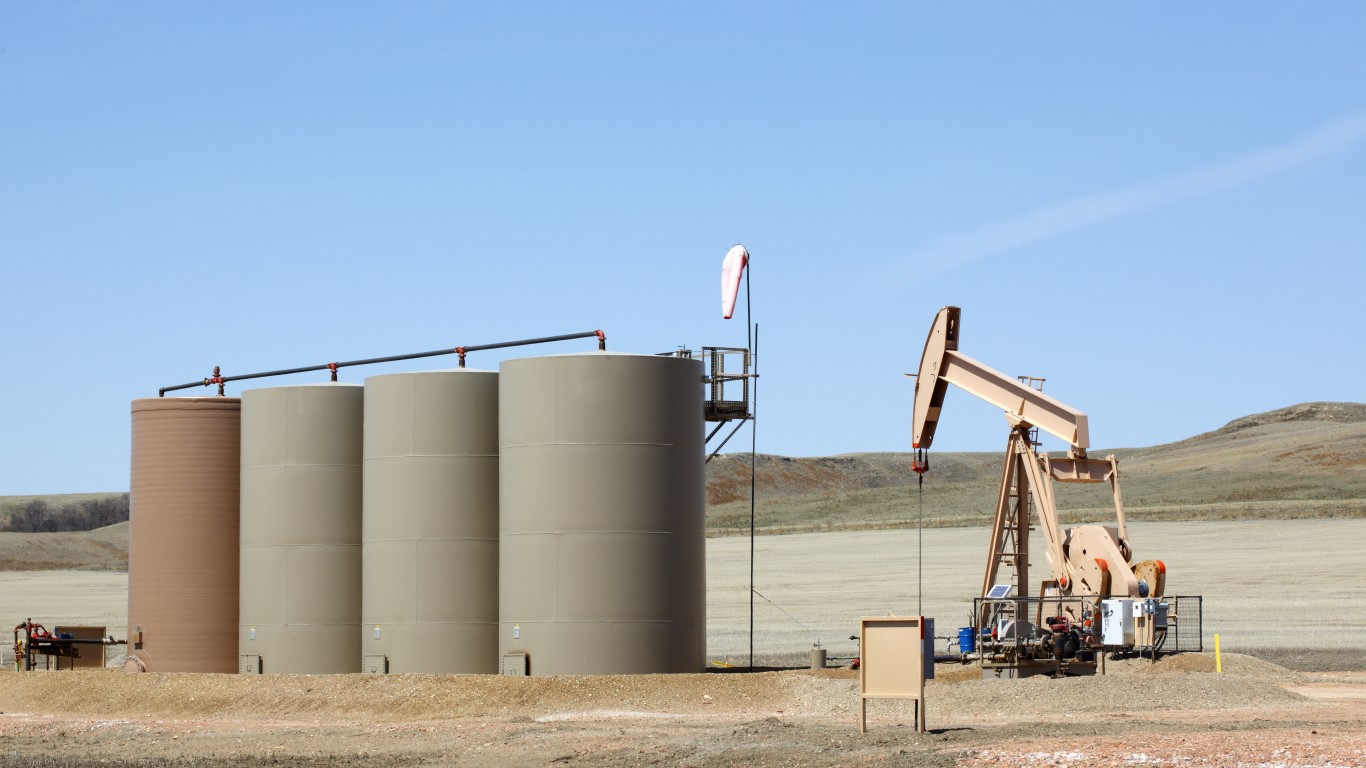
- Net-electricity production in 2023: 23,056 megawatt-hours
- Petroleum as share of South Dakota’s power grid: 0.13% of net-electricity production
- Harmful gas emissions from petroleum in 2022: 19,143 metric-tons of nitric oxide, nitrogen dioxide, carbon dioxide, and sulfur dioxide
- Petroleum as share of harmful gas emissions from electricity production in South Dakota: 0.68%
- South Dakota’s petroleum infrastructure in 2023: 22 generators, 12 facilities
Pumped storage
- Net-electricity production in 2023: None
- Pumped storage as share of South Dakota’s power grid: 0% of net-electricity production
- Harmful gas emissions from pumped storage in 2022: None
- Pumped storage as share of harmful gas emissions from electricity production in South Dakota: 0%
- South Dakota’s pumped storage infrastructure in 2023: None
Solar (thermal and photovoltaic)
- Net-electricity production in 2023: 46,639 megawatt-hours
- Solar as share of South Dakota’s power grid: 0.27% of net-electricity production
- Harmful gas emissions from solar in 2022: None
- Solar as share of harmful gas emissions from electricity production in South Dakota: 0%
- South Dakota’s solar infrastructure in 2023: 2 generators, 2 facilities
Wind
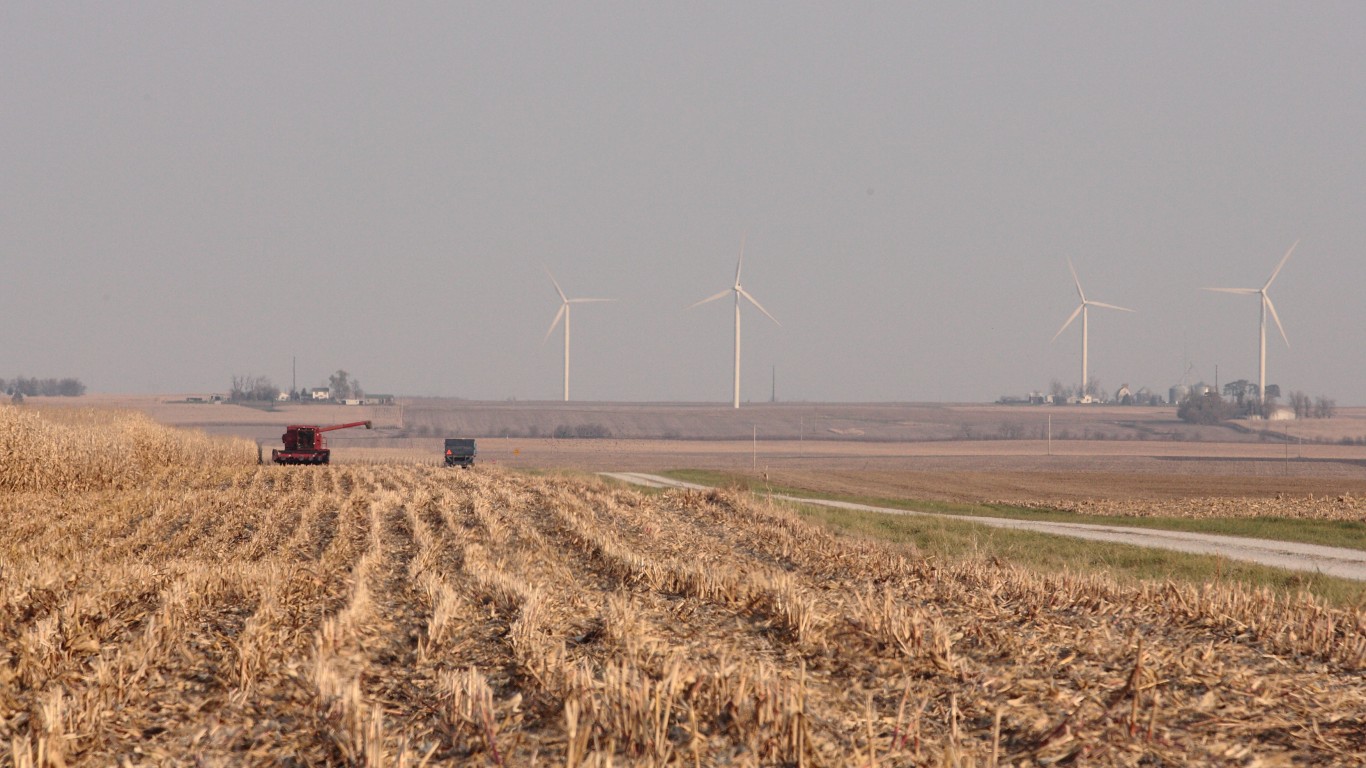
- Net-electricity production in 2023: 9.4 million megawatt-hours
- Wind as share of South Dakota’s power grid: 53.77% of net-electricity production
- Harmful gas emissions from wind in 2022: None
- Wind as share of harmful gas emissions from electricity production in South Dakota: 0%
- South Dakota’s wind infrastructure in 2023: 26 generators, 24 facilities
Wood and wood derived fuels
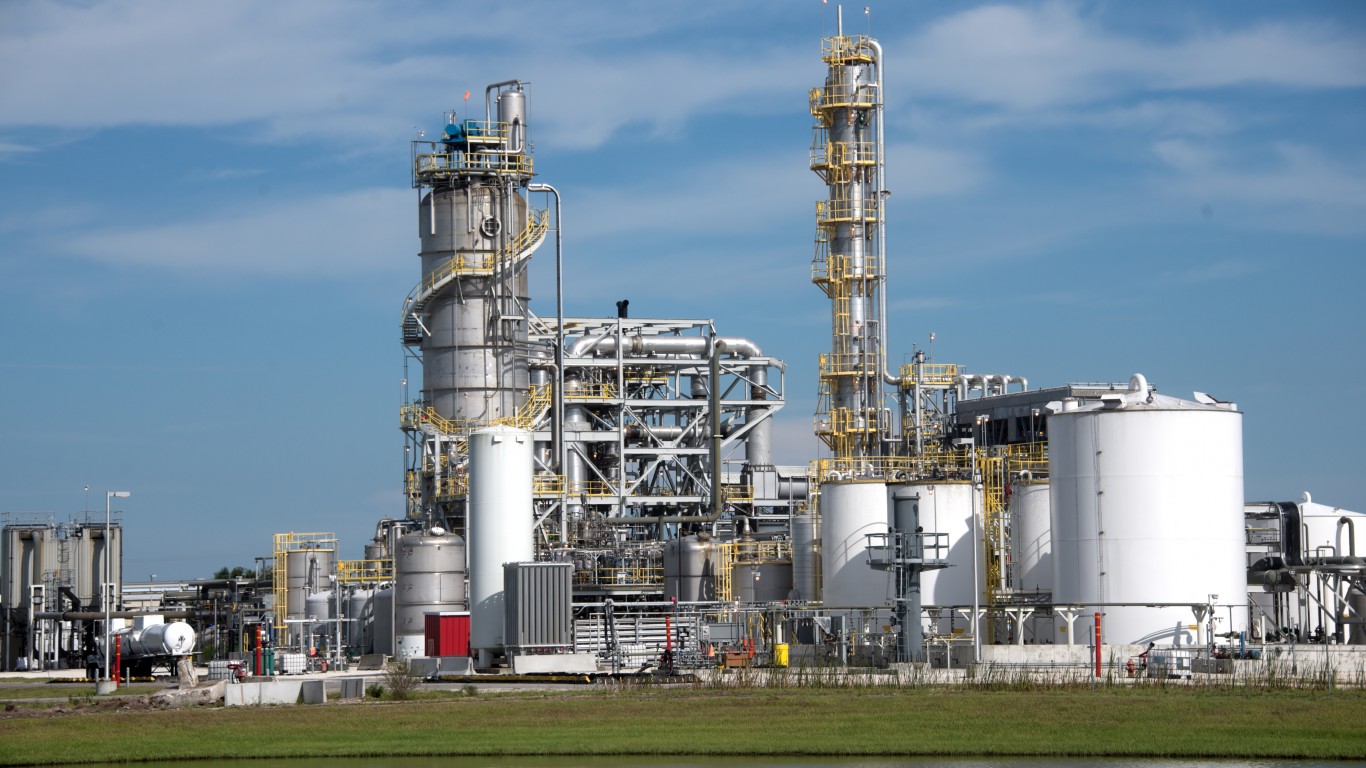
- Net-electricity production in 2023: 16,119 megawatt-hours
- Wood fuels as share of South Dakota’s power grid: 0.09% of net-electricity production
- Harmful gas emissions from wood fuels in 2022: 158 metric-tons of nitric oxide, nitrogen dioxide, carbon dioxide, and sulfur dioxide
- Wood fuels as share of harmful gas emissions from electricity production in South Dakota: 0.01%
- South Dakota’s wood fuels infrastructure in 2023: 1 generator, 1 facility
Other biomass (incl. agricultural byproducts, landfill gas, and sludge waste)
- Net-electricity production in 2023: 523 megawatt-hours
- Other biomass as share of South Dakota’s power grid: 0% of net-electricity production
- Harmful gas emissions from other biomass in 2022: 15 metric-tons of nitric oxide, nitrogen dioxide, carbon dioxide, and sulfur dioxide
- Other biomass as share of harmful gas emissions from electricity production in South Dakota: 0%
- South Dakota’s other biomass infrastructure in 2023: None
Other gasses (incl. propane, blast furnace gas, and waste gas from fossil fuels)
- Net-electricity production in 2023: None
- Other gasses as share of South Dakota’s power grid: 0% of net-electricity production
- Harmful gas emissions from other gasses in 2022: None
- Other gasses as share of harmful gas emissions from electricity production in South Dakota: 0%
- South Dakota’s other gasses infrastructure in 2023: None
Other (incl. municipal solid waste, batteries, chemicals, and hydrogen)
- Net-electricity production in 2023: None
- All other sources as share of South Dakota’s power grid: 0% of net-electricity production
- Harmful gas emissions from all other sources in 2022: None
- All other sources as share of harmful gas emissions from electricity production in South Dakota: 0%
- South Dakota’s all other sources infrastructure in 2023: 1 generator, 1 facility
All sources

- Net-electricity production in 2023: 17.4 million megawatt-hours
- Harmful gas emissions from all sources in 2022: 2.8 million metric-tons of nitric oxide, nitrogen dioxide, carbon dioxide, and sulfur dioxide
- South Dakota’s all sources infrastructure in 2023: 102 generators, 51 facilities
It’s Your Money, Your Future—Own It (sponsor)
Are you ahead, or behind on retirement? For families with more than $500,000 saved for retirement, finding a financial advisor who puts your interest first can be the difference, and today it’s easier than ever. SmartAsset’s free tool matches you with up to three fiduciary financial advisors who serve your area in minutes. Each advisor has been carefully vetted and must act in your best interests. Start your search now.
If you’ve saved and built a substantial nest egg for you and your family, don’t delay; get started right here and help your retirement dreams become a retirement reality.
Thank you for reading! Have some feedback for us?
Contact the 24/7 Wall St. editorial team.
